+91-9971035318 | +91-9711370320
info@tsoiindia.com
Do not hesitate to give us a call. We are an expert team and we are happy to talk to you.
+91-9711300397
+91-9971035318
info@tsoiindia.com
This tour takes you to a world where you find the two societies exist parallelly i.e. the modern world & the primitive world. On this tour, on the one hand you will get a chance to explore the metropolitan city of Delhi to Varanasi on the other hand, which is said to be the oldest living cities in the world. This tour helps you unfold the mysteries of North India as we take you through the Princely state of Rajasthan, its deserts, its colours and music, its small reclusive hamlets and bewilderingly enormous palaces, and its mouthwatering cuisine – all together create an unforgettable and colourful tapestry.
The biggest state of the Indian mainland, Madhya Pradesh is a cluster of innumerable districts, varied topographic and climatic characteristics. Along with the magnificent Vindhyachal ranges, river valleys and plateau, it is famous for its wonderful art, craft, music and dance. As the name suggests, Madhya Pradesh state lies in the middle (Madhya) of India.
Besides the natural beauty of the wildlife, the state also boasts of splendid structures from the ancient and medieval times. The erotic temples of Khajuraho, gorgeous forts and palaces of Gwalior and extensively engraved buildings of Orchha reveal the rich heritage of Madhya Pradesh that attracts tourists from far and wide.
Day 01 Arrive Delhi
Day 02 Delhi City Tour
Day 03 Delhi to Mandawa (250 Kms/ 5 Hrs)
Day 04 Mandawa to Jaipur (180 Kms/ 3 Hrs)
Day 05 Jaipur City Tour
Day 06 Jaipur to Agra (250 Kms/ 5 Hrs) en-route visit Fatehpur Sikri
Day 07 Agra to Orchha (260 Kms/ 6 Hrs) en-route visit Gwalior
Day 08 Orchha & Jhansi Sightseeing Tour
Day 09 Orchha to Khajuraho (180 Kms/ 4 Hrs)
Day 10 Khajuraho to Varanasi (400 Kms/ 9 Hrs)
Day 11 Varanasi City Tour & Sarnath visit
Day 12 Varanasi to Delhi (By Air)
Day 13 Departure
Day 01 Arrive Delhi
 On your arrival at Delhi airport, meet our representative (preferred language speaking) and greeted with a warm welcome with garlanding. Then our representative will escort you to the pre-booked hotel. Arrive hotel & fulfil check-in formalities. Spare little time with our representative to provide brief information about the tour.
On your arrival at Delhi airport, meet our representative (preferred language speaking) and greeted with a warm welcome with garlanding. Then our representative will escort you to the pre-booked hotel. Arrive hotel & fulfil check-in formalities. Spare little time with our representative to provide brief information about the tour.
Overnight stay at hotel.
Day 02 Delhi City Tour
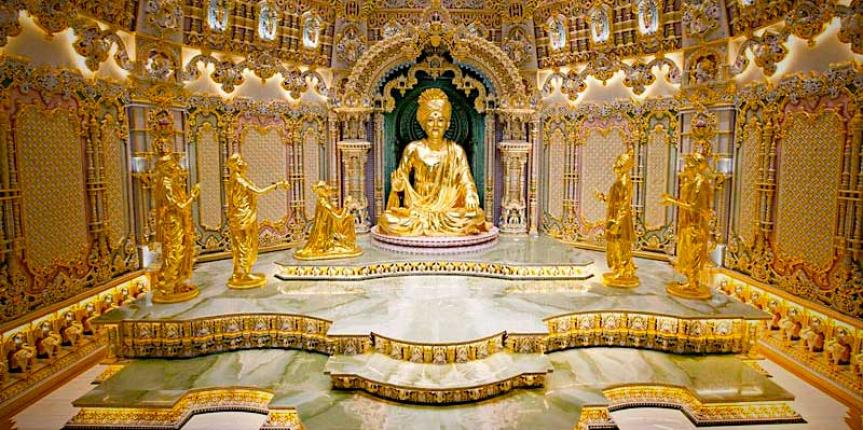 This day introduces you with the city Delhi where you can witness a unique blend of the traditional and cosmopolitan styles. Delhi is a city that bridges two different worlds. Old Delhi, once the capital of Islamic India, is a labyrinth of narrow lanes lined with crumbling havelis and formidable mosques.
This day introduces you with the city Delhi where you can witness a unique blend of the traditional and cosmopolitan styles. Delhi is a city that bridges two different worlds. Old Delhi, once the capital of Islamic India, is a labyrinth of narrow lanes lined with crumbling havelis and formidable mosques.
After breakfast gather at hotel’s lobby & proceed for guided city tour of Delhi including Jama Masjid followed by Rikshaw ride, Raj Ghat, Humayun’s Tomb – the first garden-tomb in the Indian subcontinent, and a UNESCO World Heritage Site, drive past through India Gate & Rashtrapati Bhawan (President’s House), Akshardham Temple (closed on Mondays) – A Hindu temple which exemplifies traditional Hindu culture and architecture. 7000 artisans were involved in the construction of the temple aided by 3000 volunteers.
At last visit Qutab Minar to experience night view (visit permitted till 9 pm). The Qutub Minar is a towering 73-meter-high tower built by Qutub-ud-Din Aibak in 1193. The tower was built to celebrate Muslim dominance in Delhi after the defeat of Delhi’s last Hindu ruler. This tower is the highest tower in India, complete with five storeys and projecting balconies. The first three storeys of the Qutub Minar are made of red sandstone and the last two are made of marble and sandstone.
Apart from the tower, the Qutub Minar complex comprises of the Quwwat-us-Islam Mosque (the first mosque to be built in India), a 7-metre-high iron pillar, the tomb of Iltutmish, Ala’i-Darwaza and the Ala’I Minar.
After sightseeing return to your hotel. Overnight stay at hotel.
Day 03 Delhi to Mandawa (250 Kms/ 05 Hrs)
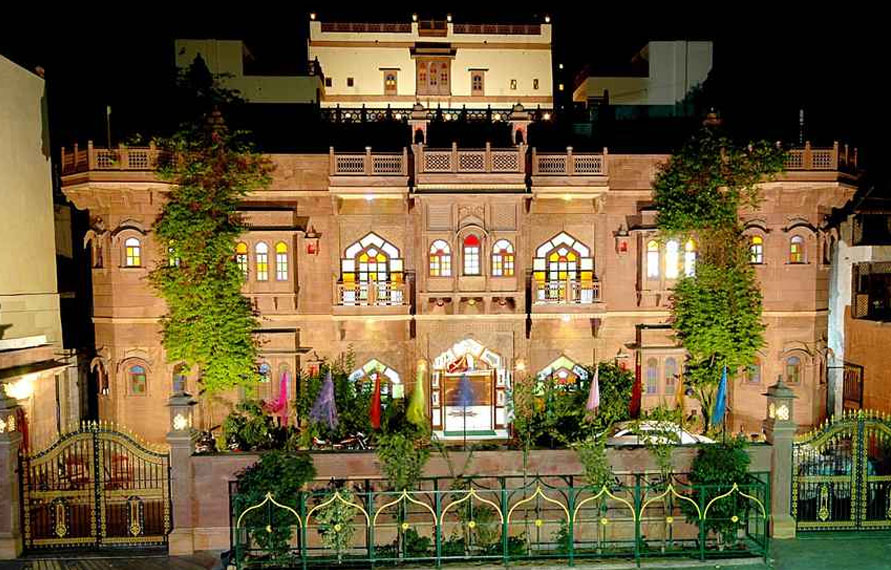 After breakfast check out from hotel & proceed to Mandawa. In the heart of the Shekhawati region of Rajasthan lies the beautiful small town Mandawa, known throughout the state for its forts and havelis. The structures of this place remind one of the cultural and social hotspots this place used to be in the bygone era. The compact and busy little market town of Mandawa was settled and fortified in 18th century by
After breakfast check out from hotel & proceed to Mandawa. In the heart of the Shekhawati region of Rajasthan lies the beautiful small town Mandawa, known throughout the state for its forts and havelis. The structures of this place remind one of the cultural and social hotspots this place used to be in the bygone era. The compact and busy little market town of Mandawa was settled and fortified in 18th century by
Arrive Mandawa hotel & fulfil check-in formalities. After relaxing for some time proceed for Mandawa City tour exploring some of the famous havelis of Mandawa that are known for their fresco paintings. A few of these famous havelis are Jhunjhunwala Haveli, Murmuia Haveli and Goenka Double Haveli.
After that visit Mandawa Fort. It is located in the midst of Aravalli Hills in Rajasthan. Thakur Nawal Singh founded the fort in 1812. The fort is a symbol of the town’s royal heritage. It is one of the best specimens of Rajasthan art and architecture. The Mandawa fort is such a great attraction for tourists as it helps in revealing a lot about the rich history of the place along with revealing the unique features of Rajasthani architecture. Adorned with beautiful frescos, Mandawa Fort presents a sight to behold.
Later, explore your surroundings and stroll through the markets, a haven for lovers of art and paintings. Tonight, for dinner be sure to savour Shekhawati dishes of Rajasthani cuisine, especially kair – sangri ki subzi for main course and ghevar for dessert. Return to hotel & Overnight stay at hotel.
Day 04 Mandawa to Jaipur (180 Kms/ 3 Hrs)
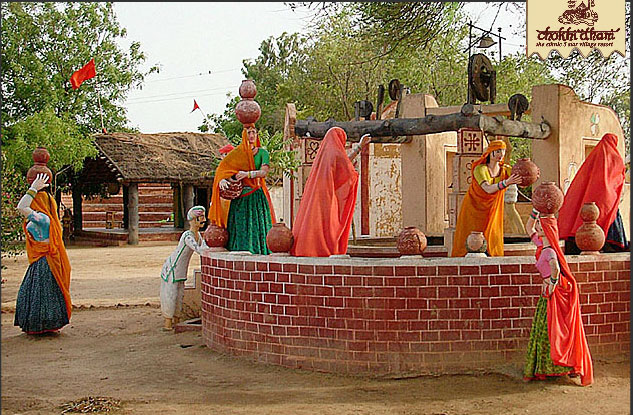 After a relaxed breakfast check out from hotel & proceed for Jaipur, titled as the ‘Pink City’ and known for its hospitality. Founded by Maharaja Jai Singh II in the year 1727, Jaipur is the first planned city of India. Jaipur is famously called the “Pink City” of India as the city was painted pink to commemorate the visit of Prince of Wales in 1876.
After a relaxed breakfast check out from hotel & proceed for Jaipur, titled as the ‘Pink City’ and known for its hospitality. Founded by Maharaja Jai Singh II in the year 1727, Jaipur is the first planned city of India. Jaipur is famously called the “Pink City” of India as the city was painted pink to commemorate the visit of Prince of Wales in 1876.
In evening visit Chokhi Dhani – An Ethnic Village Resort. The place is divided into 2 sections – Chokhi Dhani Resort & Chokhi Dhani Village where the former provides accommodation facilities to the tourists whereas the latter is adorned with the replica of Indian village life and has opened its doors to non-residential tourists to experience the same.
The Chaupad and Sangri traditional sit-down style restaurant have become a ‘must have experience’ among locals and visitors across the globe. Have dinner at this unique dining place in unique style.
Return to hotel & Overnight stay at hotel.
Day 05 Jaipur City Tour
 This day is booked for enjoying sightseeing of the Pink city of Rajasthan. After breakfast, leave for excursion where you will cover Amber Fort with Elephant ride– a magnificent fort which cast a spell on the visitors. Perched on a hill in the suburbs of Jaipur, the fort was once the capital of Rajasthan. Former residence of Rajput Maharajas, the fort is notable for its grand architecture showcasing Hindu style of art.
This day is booked for enjoying sightseeing of the Pink city of Rajasthan. After breakfast, leave for excursion where you will cover Amber Fort with Elephant ride– a magnificent fort which cast a spell on the visitors. Perched on a hill in the suburbs of Jaipur, the fort was once the capital of Rajasthan. Former residence of Rajput Maharajas, the fort is notable for its grand architecture showcasing Hindu style of art.
Then visit Jantar Mantar – largest of the five astronomical observatories in India and features world’s largest sundial.
Later, explore the City Palace complex that is comprised of two palaces, Chandra Mahal and Mubarak Mahal, a museum, a vast array of courtyards, gardens and buildings. The palace is a blend of the Shilpa Shastra of Indian architecture with Rajput, Mughal and European styles.
Drive past through Jal Mahal where you can take a halt for selfie session as well as here you will get a chance to get photographed in Rajasthani attire & Hawa Mahal – the palace of winds offered complete view of the outside world to the royal ladies without exposing them. In evening, explore the local market and shop for some amazing stuff such as traditional clothes, jewellery, handicraft etc.
Return to hotel & Overnight stay at hotel.
Day 06 Jaipur to Agra (250 Kms/ 5 Hrs) en-route visit Fatehpur Sikri
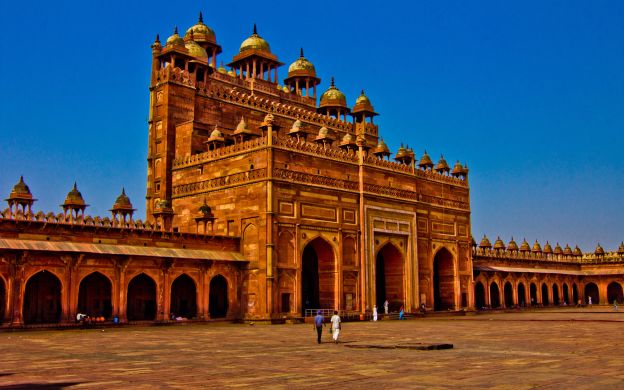 After breakfast check out from hotel & proceed towards Agra, a city of rich Historical and architectural heritage which is visited by large number of tourists every year. Agra also offers fine works of art and craft, typical delicacies to savour and an insight into its elements of vibrant culture. En route, visit Fatehpur Sikri, a UNESCO World Heritage Site showcasing the grandeur of Mughal architecture.
After breakfast check out from hotel & proceed towards Agra, a city of rich Historical and architectural heritage which is visited by large number of tourists every year. Agra also offers fine works of art and craft, typical delicacies to savour and an insight into its elements of vibrant culture. En route, visit Fatehpur Sikri, a UNESCO World Heritage Site showcasing the grandeur of Mughal architecture.
Arrive Agra & check-in at hotel. Have rest for some time & then visit Agra Fort, large 16th-century fortress of red sandstone located on the Yamuna River in the historic city of Agra. The fort complex was designated a UNESCO World Heritage site in 1983. After sightseeing return to your hotel. Overnight stay at hotel.
Day 07 Agra to Orchha (260 Kms/ 6 Hrs) en-route visit Gwalior
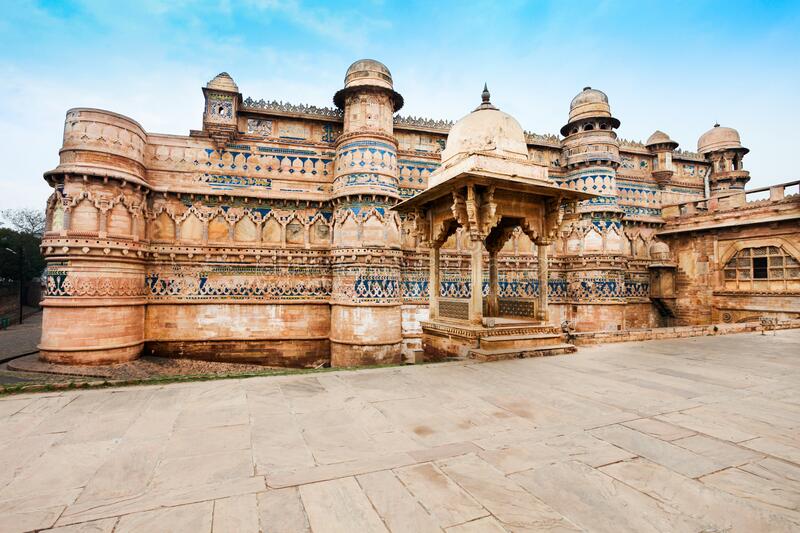 Wake up early morning & get ready to visit Taj Mahal (closed on Fridays) in Sunrise. The Taj Mahal is considered the finest example of Mughal architecture, a style that combines elements from Persian, Indian, and Islamic architectural styles. In 1983, the Taj Mahal became a UNESCO World Heritage Site and was cited as “the jewel of Muslim art in India and one of the universally admired masterpieces of the world’s heritage.”
Wake up early morning & get ready to visit Taj Mahal (closed on Fridays) in Sunrise. The Taj Mahal is considered the finest example of Mughal architecture, a style that combines elements from Persian, Indian, and Islamic architectural styles. In 1983, the Taj Mahal became a UNESCO World Heritage Site and was cited as “the jewel of Muslim art in India and one of the universally admired masterpieces of the world’s heritage.”
After visiting Taj Mahal, return to hotel for refreshment & breakfast. And then check out from Agra hotel & continue your journey to proceed for Orchha. Located at a distance of around 120 Kms from Agra, take a stop to visit Gwalior Fort, an architectural marvel of the 8th century, situated on top of a hill, finds its place among the best fortresses of India. It is also considered to be one of the most impenetrable forts in the country. Known for its great architecture and rich past, Gwalior Fort is a must-visit attraction when visiting Central India. The defensive structure of the fort comprises two main palaces, temples and water tanks. Amongst it, the most acknowledged is the Teli-Ka-Mandir and Man Singh Palace. The former was built in the Dravidian style shrine and its generously sculpted exteriors are highly appreciated. Then there is the Man Singh Palace, built by king Man Singh in the 15th century. The reputed Palace has an amazing design. With blue ceramic tiles at the front façade and an impressive structure the Man Singh Palace reflects the true colours of the Tomar dynasty. To complement the Man Singh Palace, the Gwalior Fort complex also houses the Gujari Mahal. This was built by Raja Man Singh for his beloved queen Mrignayani. After visiting Gwalior Fort, continue your journey to proceed towards Orchha. Arrive Orchha in evening & check-in at hotel. Evening at leisure & free for your own activities. Overnight stay at hotel.
Day 08 Orchha & Jhansi Sightseeing Tour
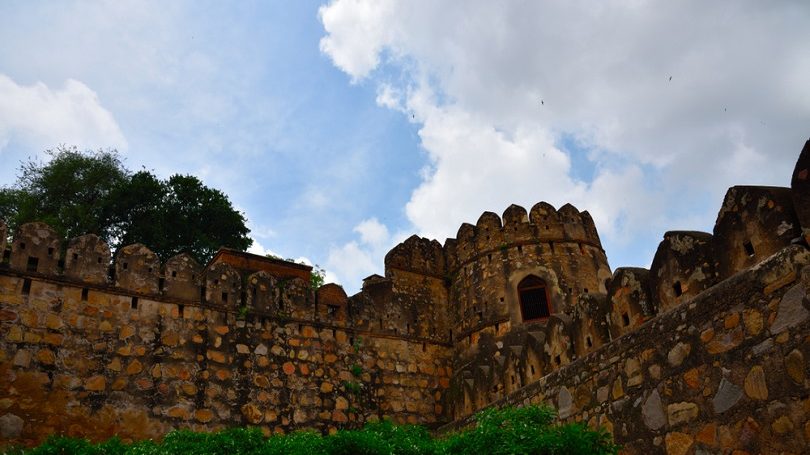 After breakfast, proceed for city tour of Jhansi & Orchha, both towns located around 15 Kms apart from each other. Jhansi, a historic city situated between the rivers Pahunj and Betwa, owes its significance and popularity to its link with the heroics of Rani Laxmi Bai, the courageous queen who fought valiantly against the British in the Revolt of 1857.
After breakfast, proceed for city tour of Jhansi & Orchha, both towns located around 15 Kms apart from each other. Jhansi, a historic city situated between the rivers Pahunj and Betwa, owes its significance and popularity to its link with the heroics of Rani Laxmi Bai, the courageous queen who fought valiantly against the British in the Revolt of 1857.
Jhansi Fort: Perched atop the Bangira Hill, the Jhansi Fort offers a mesmerising view of the city of Jhansi that spreads around it. Its architecture displays the classic North Indian style of fort construction, which differs markedly from its southern counterpart. The fort houses temples dedicated to the Hindu deities, Lord Shiva and Lord Ganesha. In 17th century, this fort was built by King Bir Singh Judeo of Orchha on top of a hill as an army stronghold. The fort has been a witness to the fiery battle led by Rani Laxmi Bai. The Karak Bijli and Bhawani Shankar cannon of the queen are also kept inside the fort. There is also a museum which has a collection of sculpture and provides an insight into the history of Bundelkhand.
Rani Mahal: The Queen’s Palace or Rani Mahal was constructed by Raghunath II Newalkar. This erstwhile home of the Rani of Jhansi has now been converted into a museum, which displays a collection of archaeological remains of the period between 9th and 12th centuries AD. Visit the beautiful palace and the magnificent Durbar Hall of the palace that have still retained the grandeur of the yesteryears.
Afterwards visit Orchha Fort, a marvellous example of a medieval fort palace. Within the turreted walls are gardens, gateways, pavilions and temples, near the confluence of the Betwa and Jamni river. The Raj Mahal with its Hall of Private Audience exemplifies Bundela Rajput architecture. Despite the neglected appearance, there are some beautiful murals on the ceilings and walls of both religious and secular themes. The Jehangir Mahal was built in the 17th century and synthesizes both Hindu and Muslim styles. Around the central square courtyard are the three-storied royal apartments decorated with domes, arches and hanging balconies. The decorative turquoise blue tiles, and latticed screens give this palace a delicate and airy feel. After sightseeing, return to hotel. Overnight stay at hotel.
Day 09 Orchha to Khajuraho (180 Kms/ 4 Hrs)
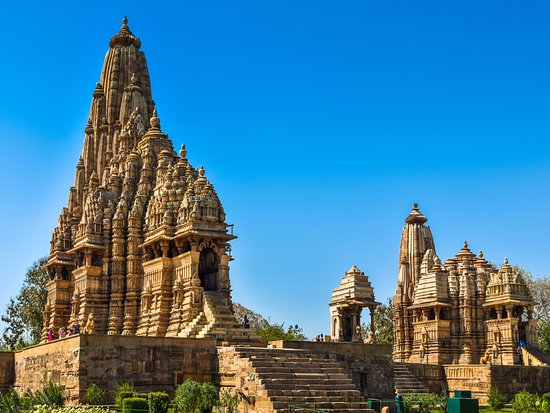 After breakfast check out from hotel & proceed for Khajuraho. Khajuraho is well known for the captivating stone carvings etched into stark relief on the three groups of World Heritage–listed temples. The Western Group of temples, in particular, contains stunning sculptures that together make up some of the finest temple art in the world. Khajuraho in itself, is a delightful, quiet lit little town, perfect for spending few days.
After breakfast check out from hotel & proceed for Khajuraho. Khajuraho is well known for the captivating stone carvings etched into stark relief on the three groups of World Heritage–listed temples. The Western Group of temples, in particular, contains stunning sculptures that together make up some of the finest temple art in the world. Khajuraho in itself, is a delightful, quiet lit little town, perfect for spending few days.
Arrive Khajuraho & check-in at hotel. Afternoon drive to the UNESCO World Heritage Site, known as the ‘Western Group of Temples’. Start your visit with the Kandariya Mahadev temple, the most popular and beautiful massive structure here. It is a magni ficent piece of artistic sculptural work decorated with over 870 statues and carvings. Stroll through other temples, including the Chausath Yogini Temple. Unlike other Chausath Yogini temples elsewhere, this one is rectangular in shape and not rounded. The temple dates back to the late 9th century and is said to be Khajuraho’s oldest surviving temple. This evening, you also have the option to attend a captivating Sound and Light show. Set out at 1800 hours and drive to the Western group of temples, where show is played out.
Then return to hotel & Overnight stay at hotel.
Day 10 Khajuraho to Varanasi (400 Kms/ 9 Hrs)
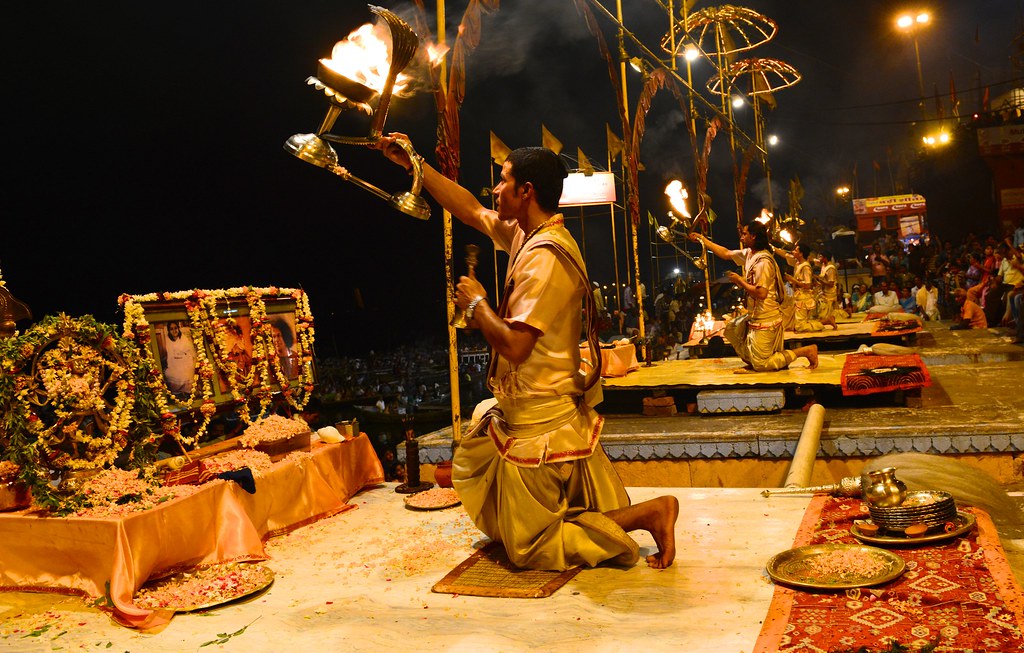 After breakfast check out from hotel & proceed for Varanasi. Varanasi is among the oldest living cities in the world and its antiquity finds place in ancient scriptures. Located along the Ganga it is a sacred place for all Hindus, Jains and Buddhists.
After breakfast check out from hotel & proceed for Varanasi. Varanasi is among the oldest living cities in the world and its antiquity finds place in ancient scriptures. Located along the Ganga it is a sacred place for all Hindus, Jains and Buddhists.
Arrive Varanasi & check-in at hotel.
We will time our arrival so that we can watch the evening aarti ceremony, when priests perform a ritual to put the river goddess Ganges to sleep and to ward off evil. The ceremony will be watched from a boat, and we will have time to travel up river viewing some of the 90 odd ghats which define life in the city. In evening, return to hotel & overnight stay at hotel.
Day 11 Varanasi City Tour & Sarnath Visit
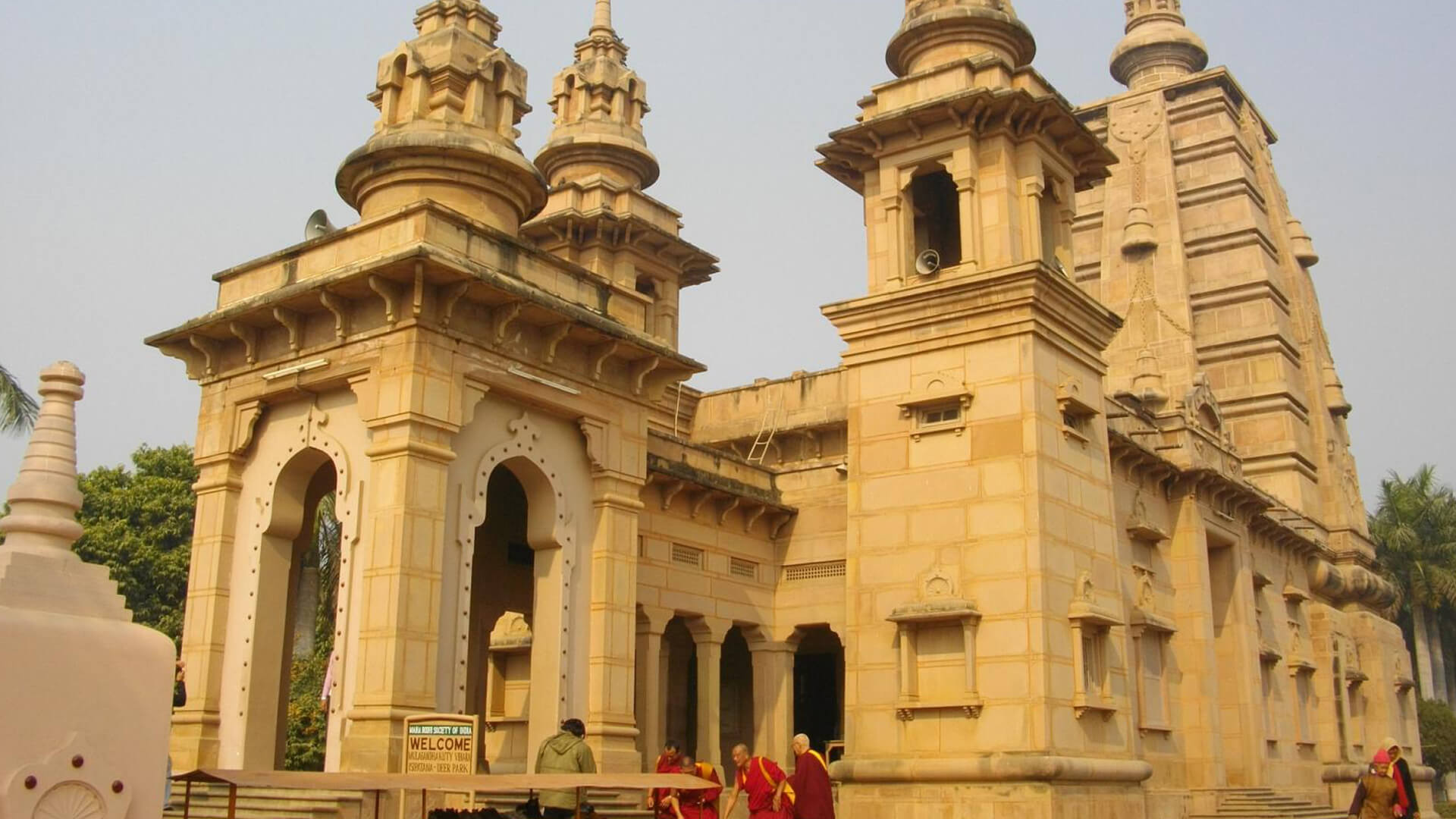 This day of the tour provides you an opportunity to explore the ancient city of Varanasi. Pick up from your hotel & proceed for experiencing Sunrise boat ride at the Ganges. At sunrise you will take a boat down the river. People flock to the river to greet the rising sun and you will see a panorama of life in a pilgrim town.
This day of the tour provides you an opportunity to explore the ancient city of Varanasi. Pick up from your hotel & proceed for experiencing Sunrise boat ride at the Ganges. At sunrise you will take a boat down the river. People flock to the river to greet the rising sun and you will see a panorama of life in a pilgrim town.
After completing this part of the sightseeing, return to hotel and have breakfast. After breakfast, proceed to visit Benaras Hindu University, Dashashwamedha Ghat & Kashi Vishwanath Temple (Foreigners are not allowed to enter the temple premises). You walk through the narrow alleys where you share space with cows, scooters, cycle rickshaws, shops and people, while roaming in the streets of this city for shopping & to savour the local cuisine.
Afternoon proceed towards Sarnath, situated around 13 Kms north-east of Varanasi. It is believed that after attaining the Enlightenment at Bodh Gaya, it was here that Lord Buddha preached his first sermon, sanctified as Maha Dharm Chakra Parivartan. Major attractions of Sarnath includes The Chaukhandi Stupa, Ashoka Pillar & Tibetan Temple.
The Chaukhandi Stupa: The Chaukhandi Stupa is regarded as one of the most divine and important monuments of the Buddhist culture. This stupa has been built on the exact spot where the great Lord Buddha first met his five ascetics- to whom he later went on to preach his first teachings. The monument has been erected as a commemoration of this significant event that eventually became instrumental in the rise of the religion of Buddhism. The Chaukhandi Stupa is an evolution over burial mounds and serves as a shrine to the great Lord Buddha.
The Ashoka Pillar: The national emblem of India and a mark of Emperor Ashoka’s visit to Sarnath, the Ashoka Pillar crafted out of stone is an impressive structure with four lions at the top. This 50 m long pillar along with the Dhamek Stupa, are Ashoka’s gift to Buddhism and the entire complex has a calm aura to it. A number of monks are spotted meditating around the compound.
Sarnath Tibetan Temple: This Buddhist shrine has been decorated with Thangksa, which are Tibetan Buddhist paintings. The temple features a statue of Shakyamuni, the Buddha. The Prayer Wheels are seen outside the building which on being rotated clockwise, release paper scrolls with prayers written on them. Return to hotel & Overnight stay at hotel.
Day 12 Varanasi to Delhi (By Air)
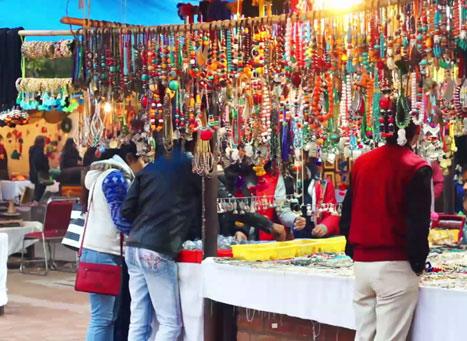 After breakfast, check out from Varanasi hotel & proceed for Varanasi airport to board flight for Delhi. Arrive Delhi airport, pick up & drive towards hotel prebooked for you. Reach hotel & fulfil check-in formalities at hotel. In evening roam in the streets of famous shopping hub in Delhi named as Connaught Place & then proceed to visit Qutab Minar to experience night view (visit permitted till 9 pm).
After breakfast, check out from Varanasi hotel & proceed for Varanasi airport to board flight for Delhi. Arrive Delhi airport, pick up & drive towards hotel prebooked for you. Reach hotel & fulfil check-in formalities at hotel. In evening roam in the streets of famous shopping hub in Delhi named as Connaught Place & then proceed to visit Qutab Minar to experience night view (visit permitted till 9 pm).
Return to hotel & Overnight stay at hotel.
Day 13 Departure
 This is the last day of the tour & it’s time to say Goodbye to India. The morning is at leisure. Your escort and vehicle are at your disposal. Later, depending on the time of your international flight you are assisted with your transfer to the airport for your homebound journey.
This is the last day of the tour & it’s time to say Goodbye to India. The morning is at leisure. Your escort and vehicle are at your disposal. Later, depending on the time of your international flight you are assisted with your transfer to the airport for your homebound journey.
